How Sleep Regression Affects a Child’s Development
May 18, 2025
How Sleep Regression Affects a Child’s Development
Picture this scene: You’ve finally gotten your baby into a comfortable sleep routine. Nights are restful, naps are scheduled, and the world feels harmonious. Then suddenly, your little one starts waking up multiple times a night, resisting naps, and becoming increasingly fussy. Welcome to the world of sleep regression.
Sleep regression is a phase that can challenge even the most prepared parents, but understanding why it happens and how to support your child through it can make all the difference. This guide explains the impact of sleep regression on your child’s cognitive, emotional, and language development, with practical tips and strategies to help your family thrive during these trying phases.














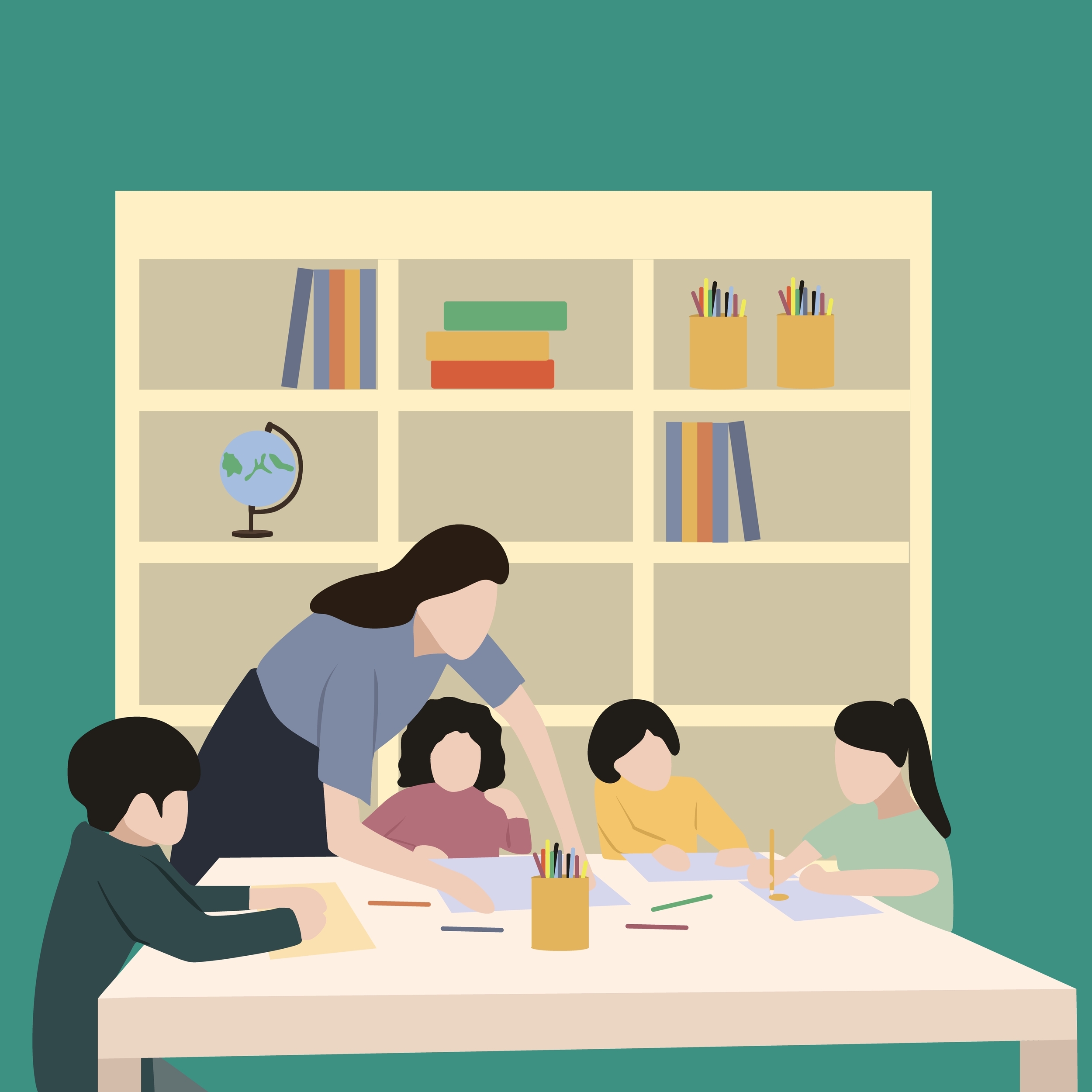


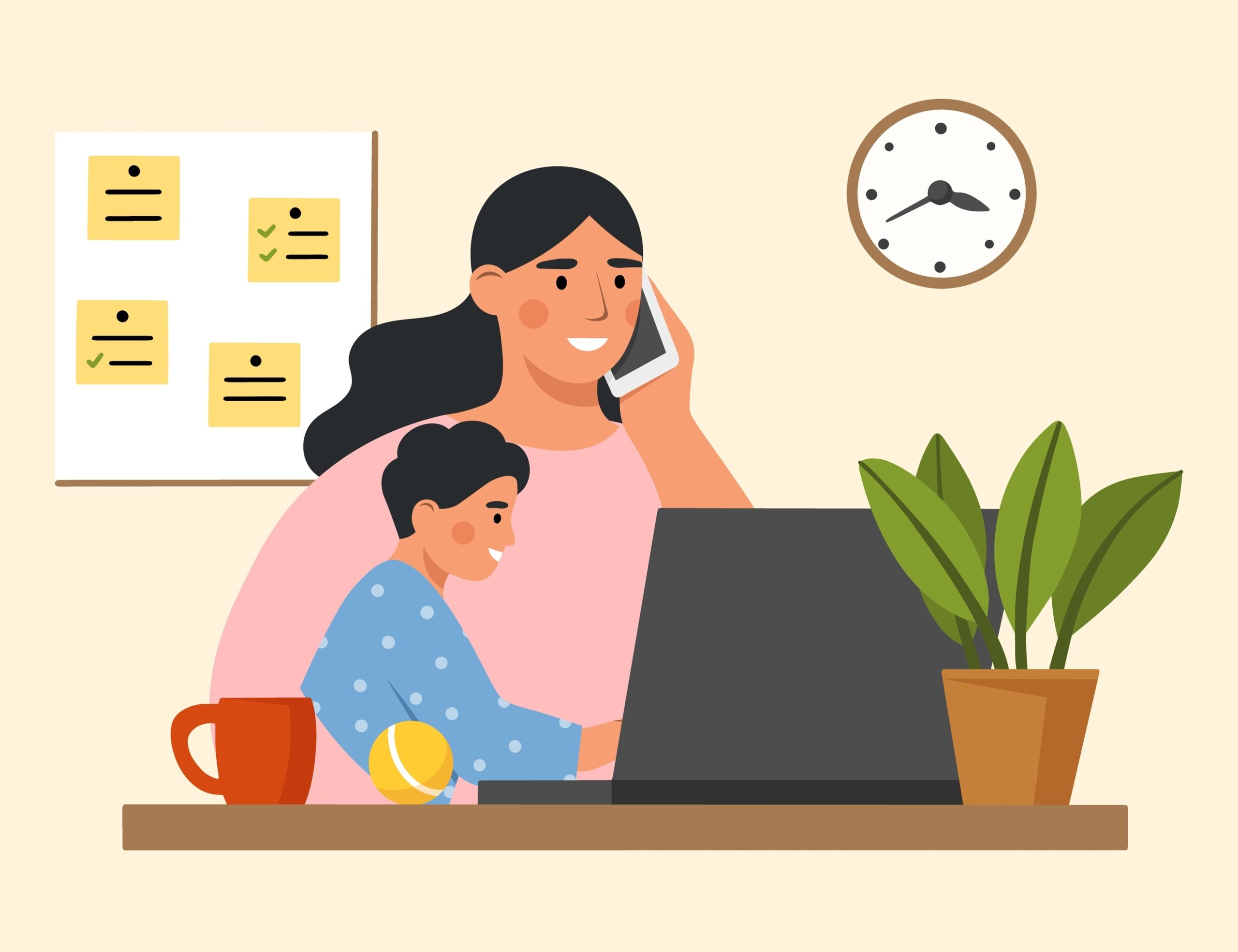


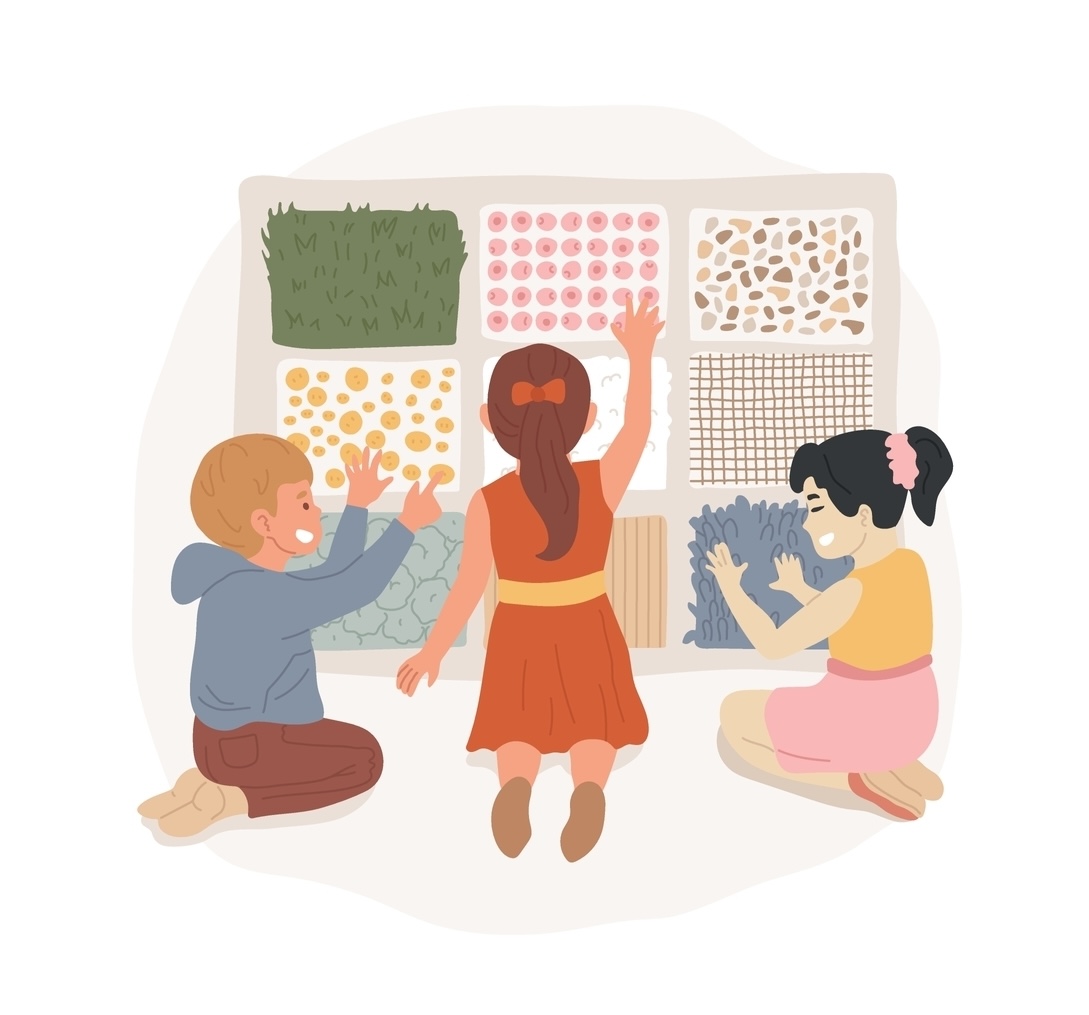


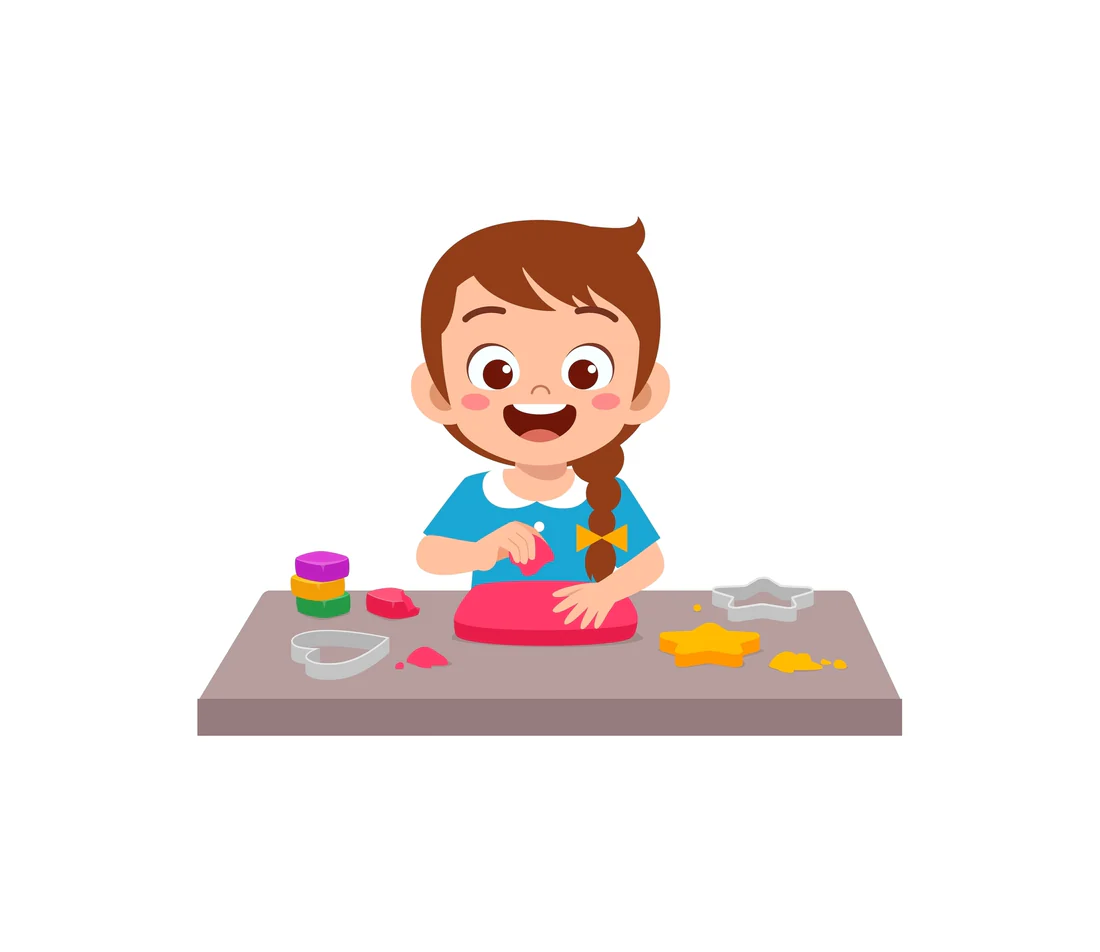
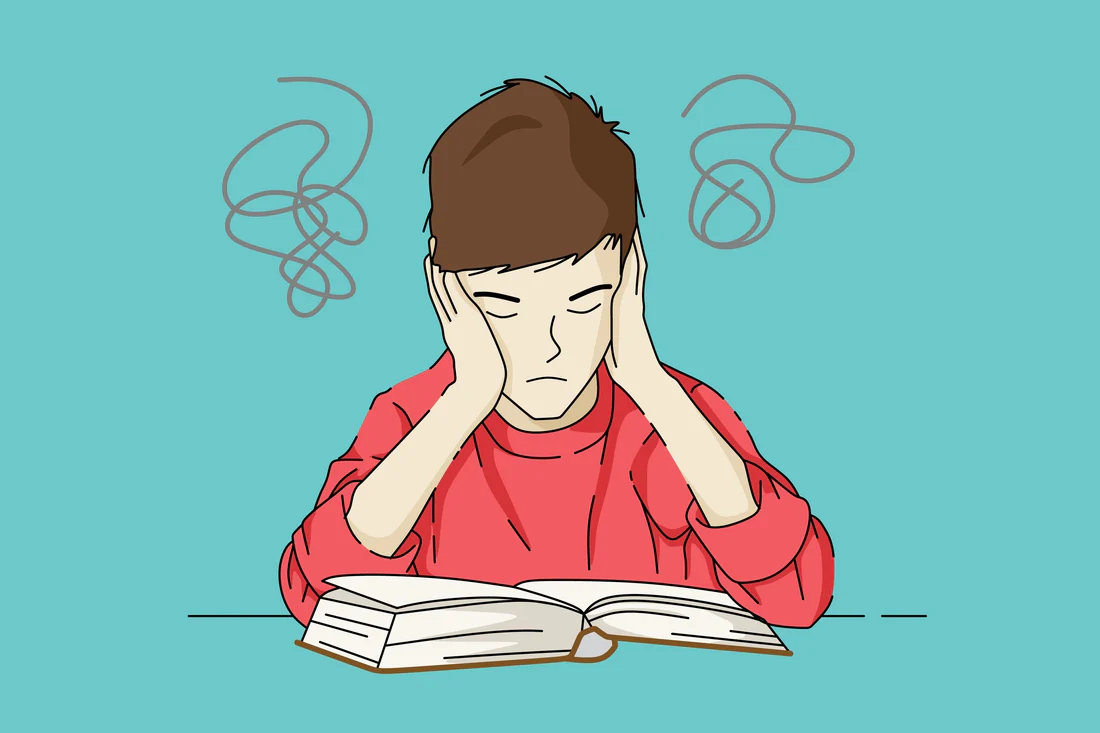
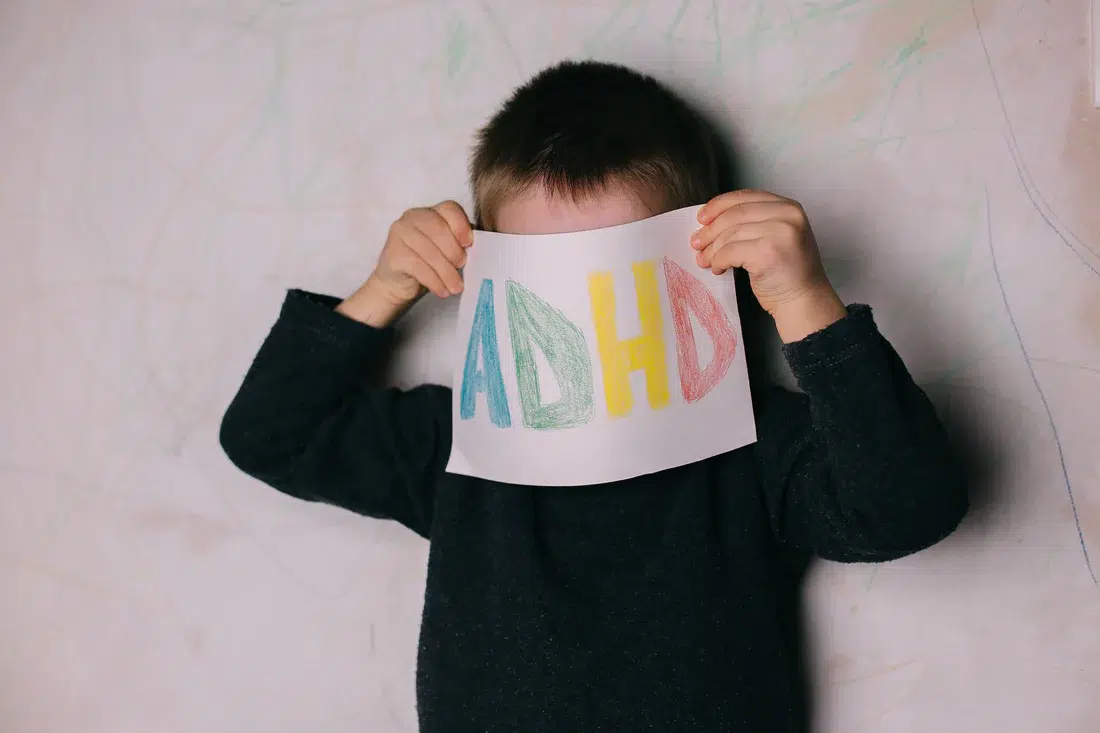


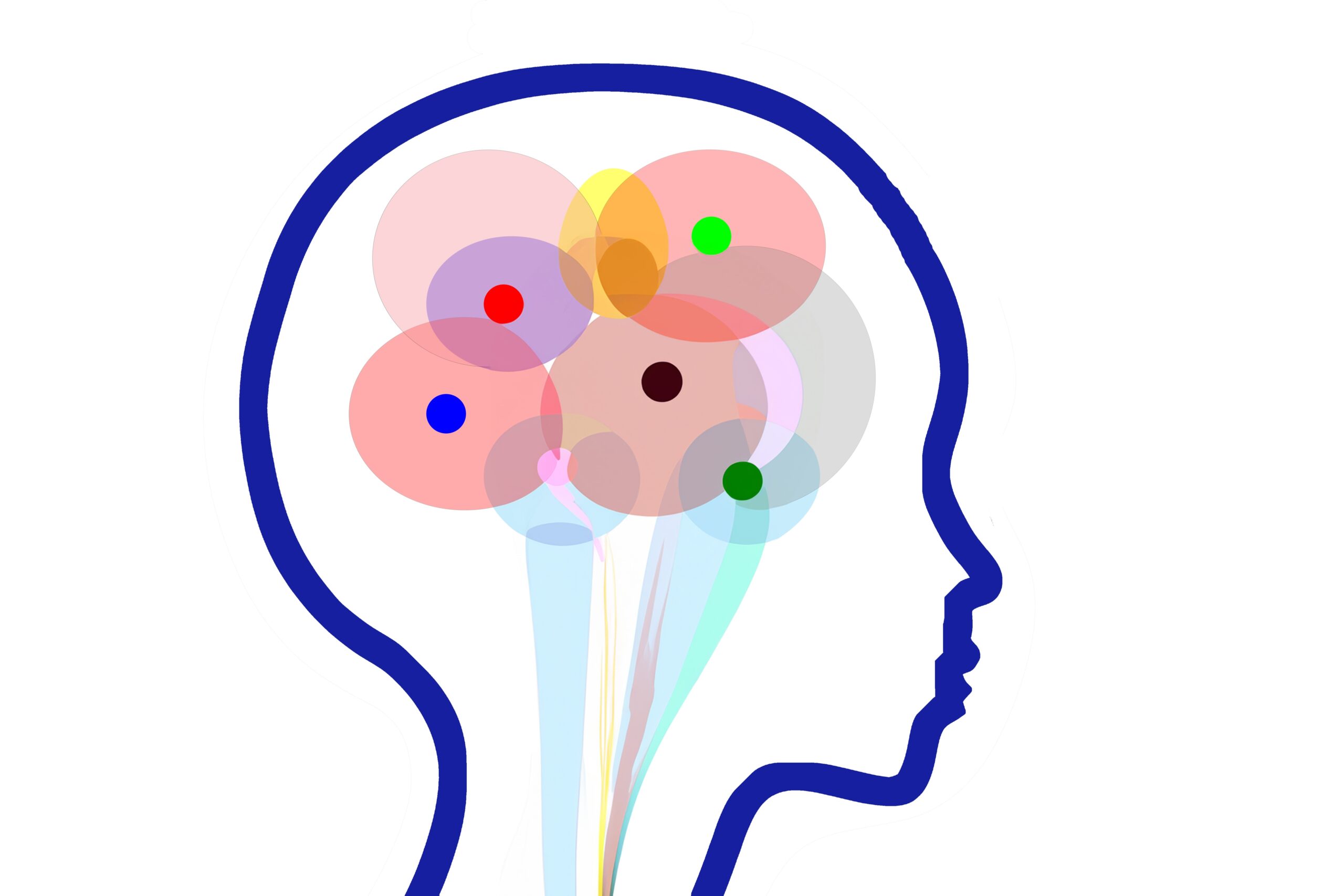
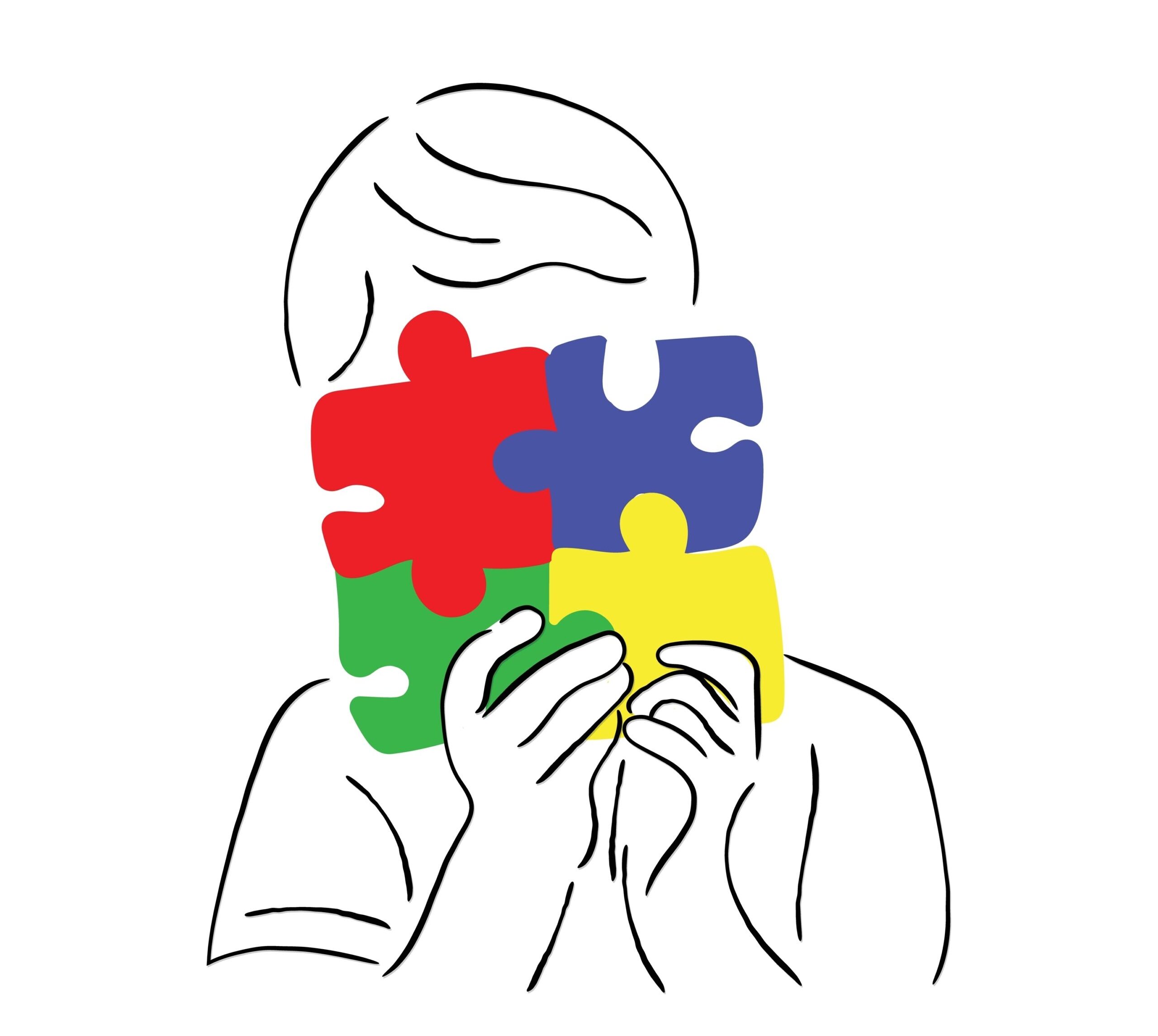
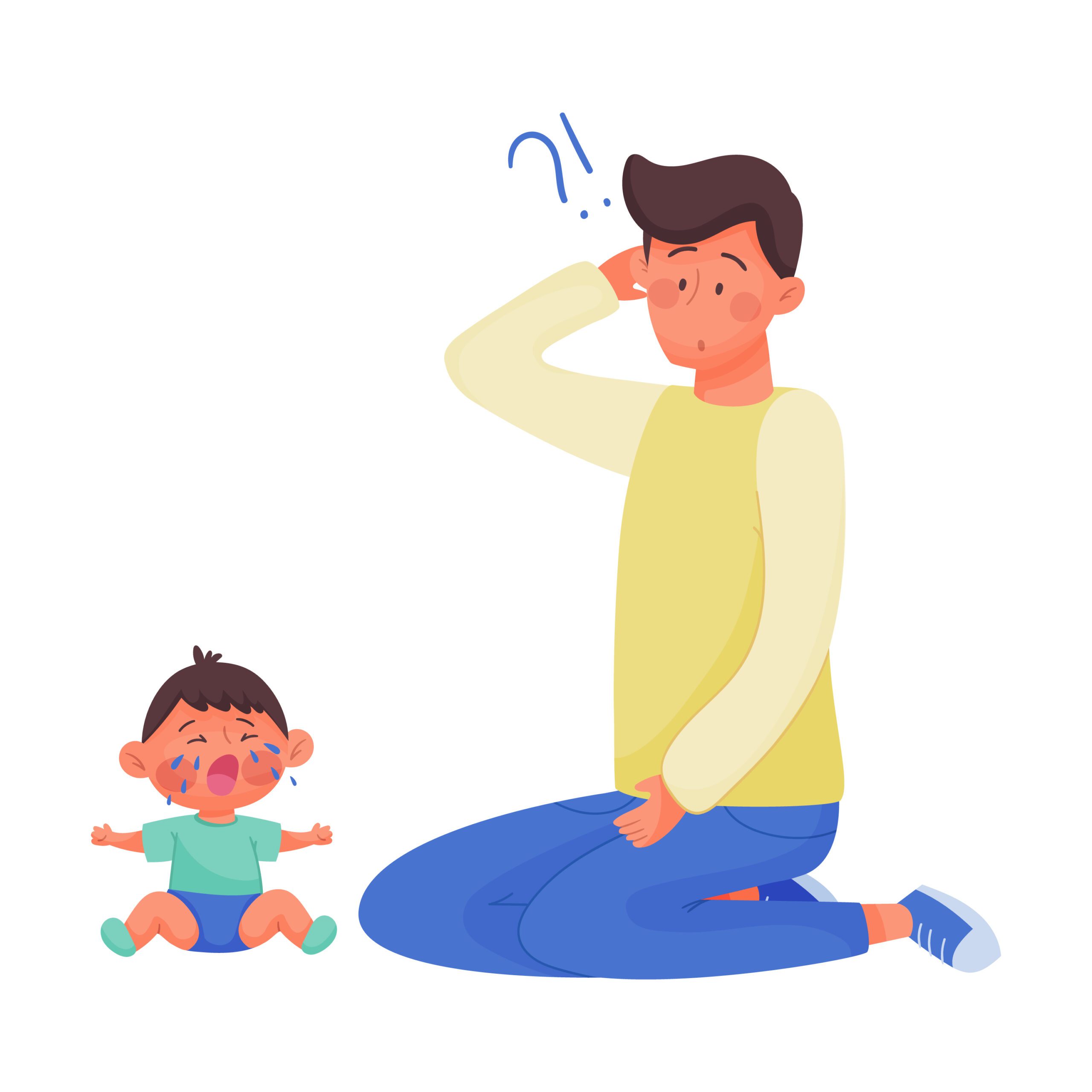

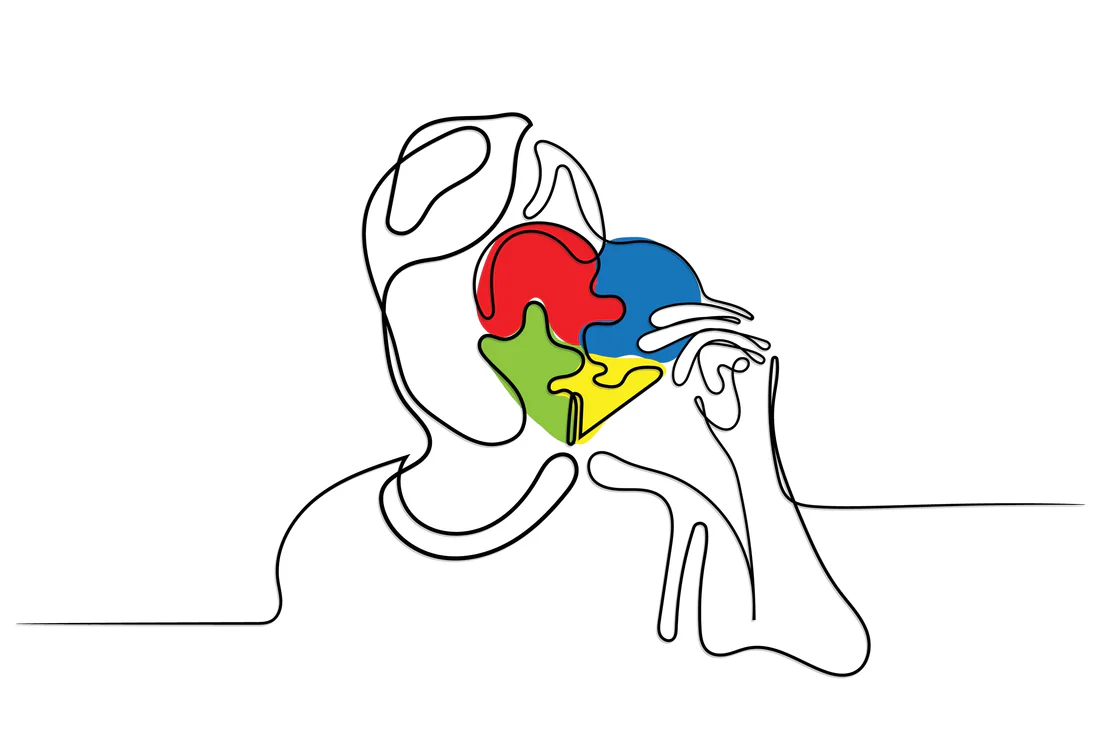









 Speech Therapy
Speech Therapy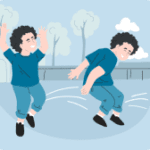 Physical Therapy
Physical Therapy Occupational Therapy
Occupational Therapy




